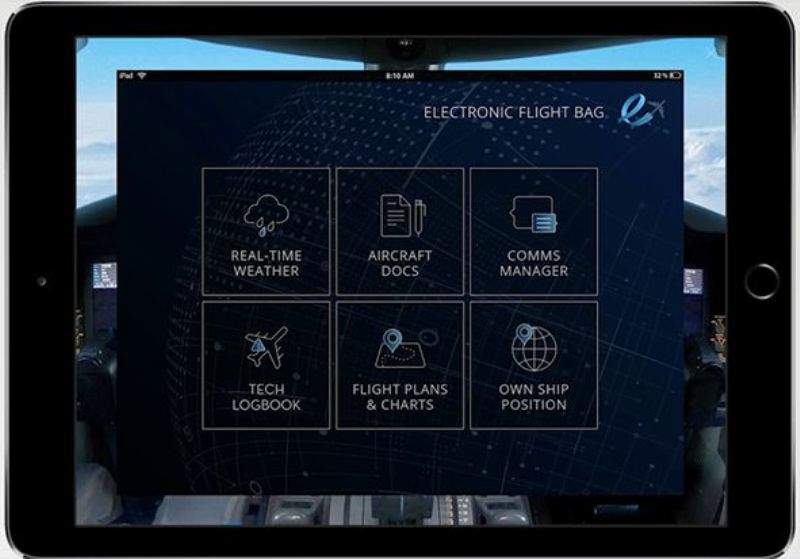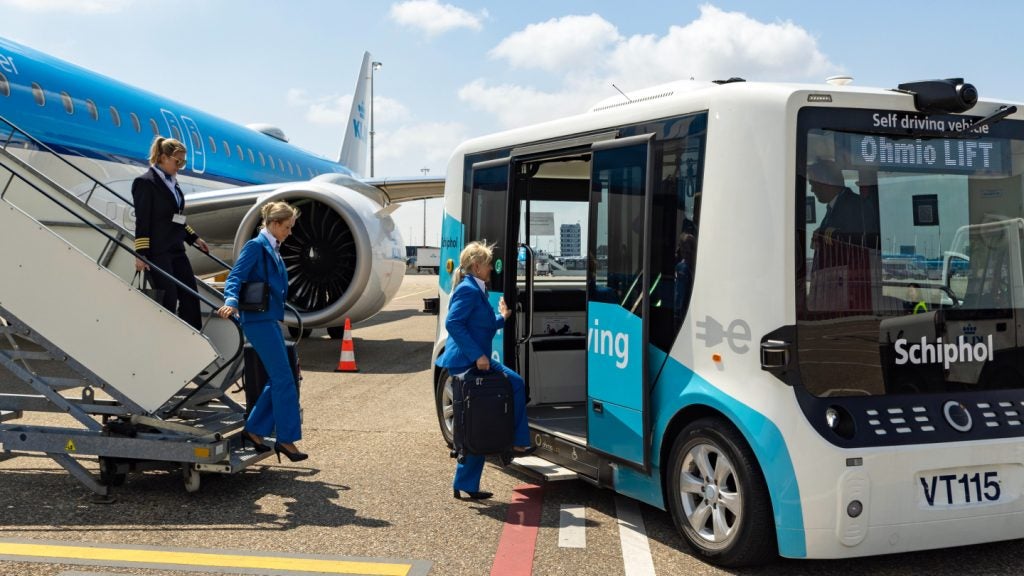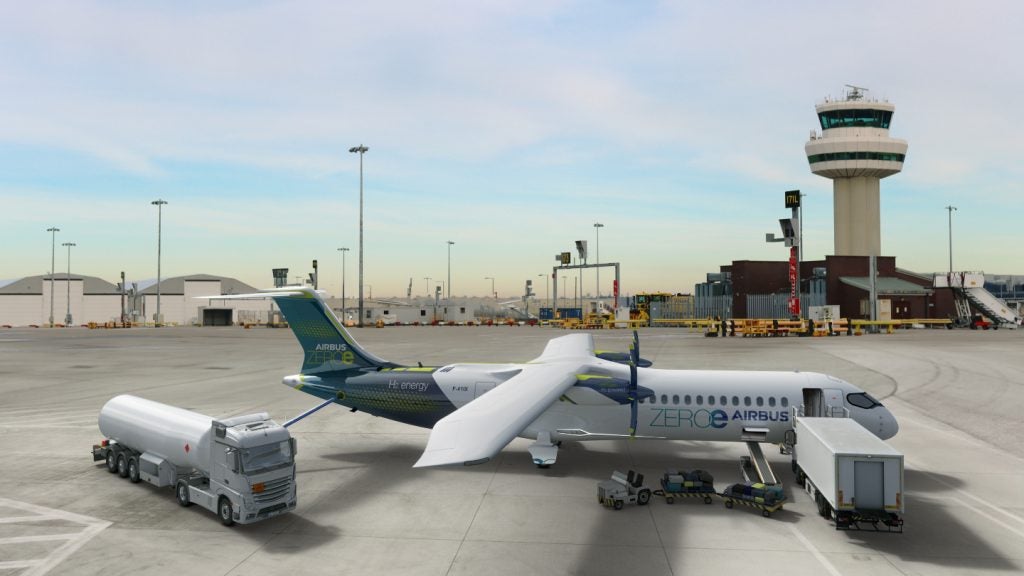
Inmarsat’s next-generation satellite IP platform, SwiftBroadband-Safety (SB-S), has entered commercial service.
SB-S complies with the requirements of aviation data communications and is designed to provide visibility to the airline operations.
It also offers a global secure broadband platform for operations and safety communications.
Providing digital intelligence for airlines, SB-S has transformed Satcom’s capability from a safety utility to a source of strategic value.
With the platform, several value-added applications will allow airlines to use real-time data to support decision-making, improve operational efficiency and ensure the highest levels of safety in the skies.
Inmarsat aviation safety and operational services vice-president Mary McMillan said: “With SB-S in commercial service, the aviation industry can now fully realise the benefits of the connected aircraft – driving greater efficiency in airline operations while leading the way for the future of aviation safety.”
How well do you really know your competitors?
Access the most comprehensive Company Profiles on the market, powered by GlobalData. Save hours of research. Gain competitive edge.

Thank you!
Your download email will arrive shortly
Not ready to buy yet? Download a free sample
We are confident about the unique quality of our Company Profiles. However, we want you to make the most beneficial decision for your business, so we offer a free sample that you can download by submitting the below form
By GlobalDataPrior to the commercial launch, SB-S was successfully evaluated through an in-flight test on Hawaiian Airlines’ Boeing 767-300 aircraft and on the airline’s entire fleet of Airbus A321neo aircraft.
SB-S also underwent in-flight evaluations with United Airlines and Shenzhen Airlines. It has previously been selected by Airbus as a Light Cockpit Satcom (LCS) solution for its A320 and A330 families of aircraft.
The US Federal Aviation Administration’s (FAA) Performance-Based Aviation Rulemaking Committee (PARC) has also evaluated the platform as a mean to provide direct data link communication between pilots and air traffic control (ATC).
According to Inmarsat, SB-S is capable of lowering airlines’ fuel costs and carbon dioxide (CO2) emissions by enabling connected electronic flight bag (EFB) applications, such as real-time weather reports, optimised profile descent and trajectory-based operations.
The platform also ensures improved flight tracking, real-time flight data streaming and interface with rescue coordination centres. These features comply with the International Civil Aviation Organisation’s (ICAO) upcoming Global Aeronautical Distress & Safety System (GADSS) requirements for on-flight tracking and data recoverability.
In addition, SB-S caters to the Iris programme, a European Space Agency (ESA) initiative that is set to enable 4D trajectory air traffic management (ATM), expected over Europe by 2020.







